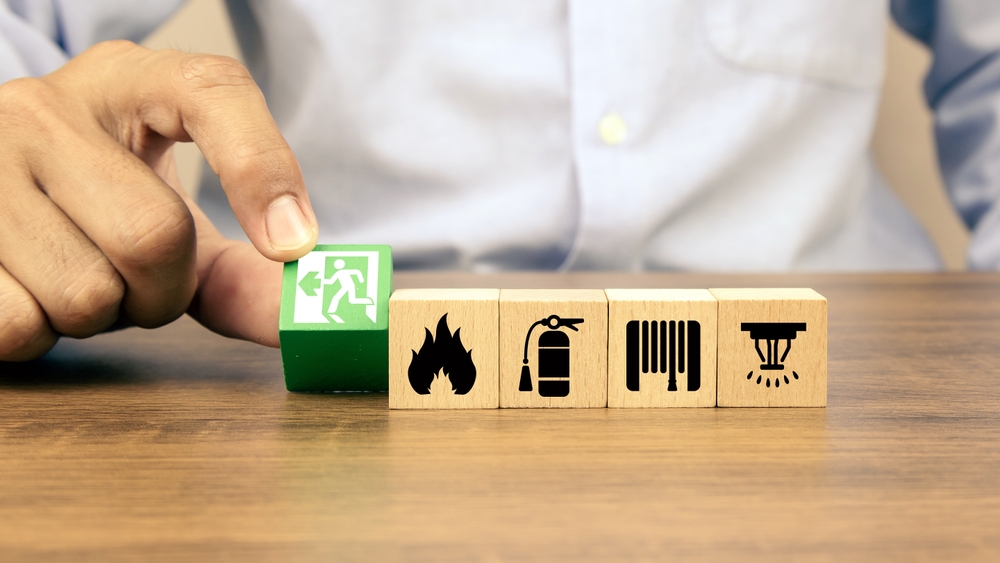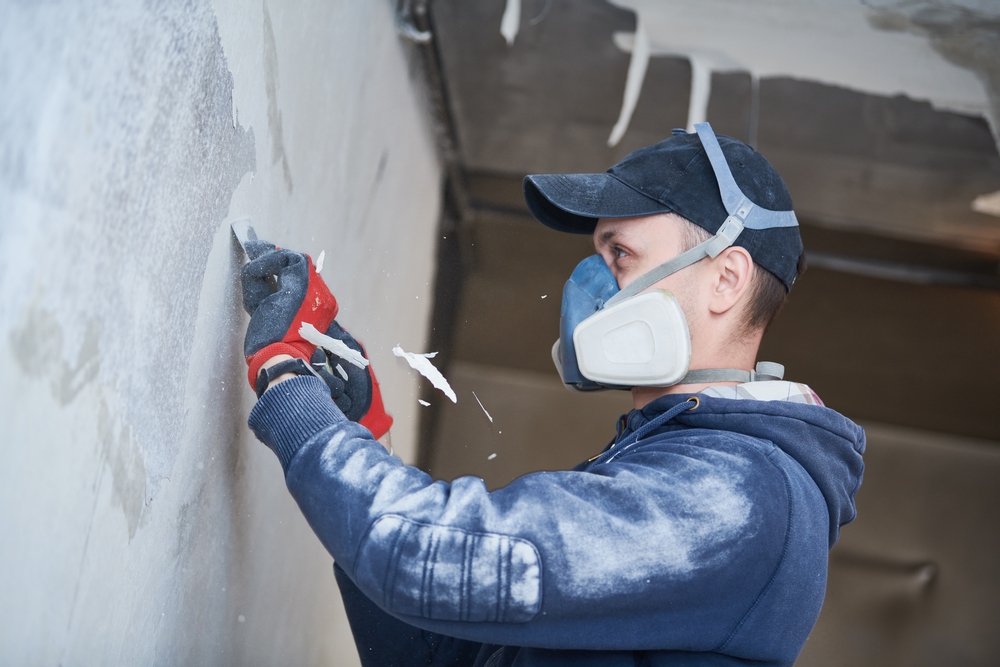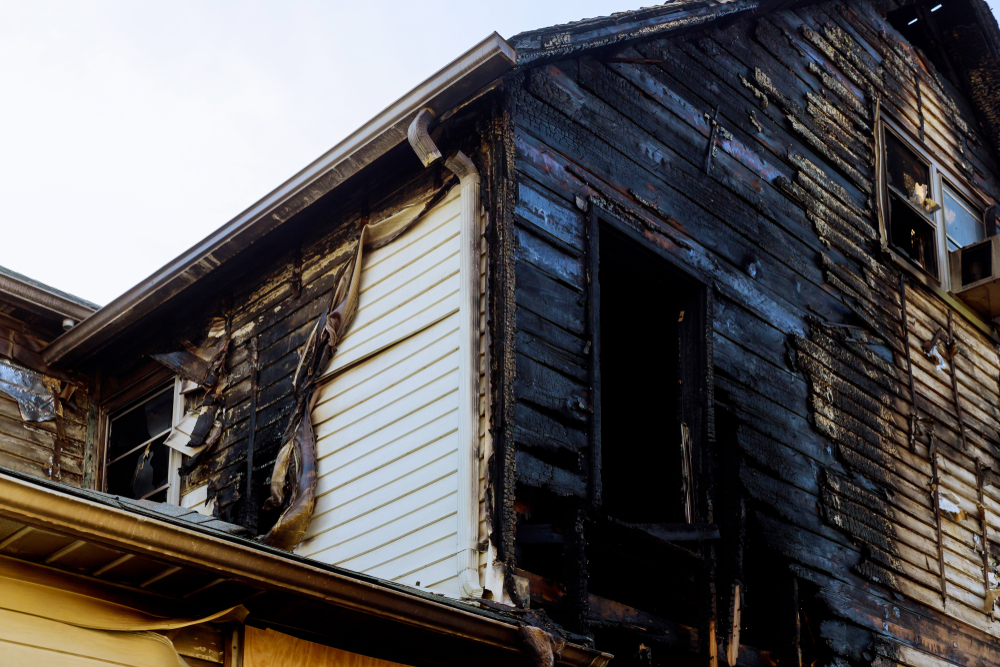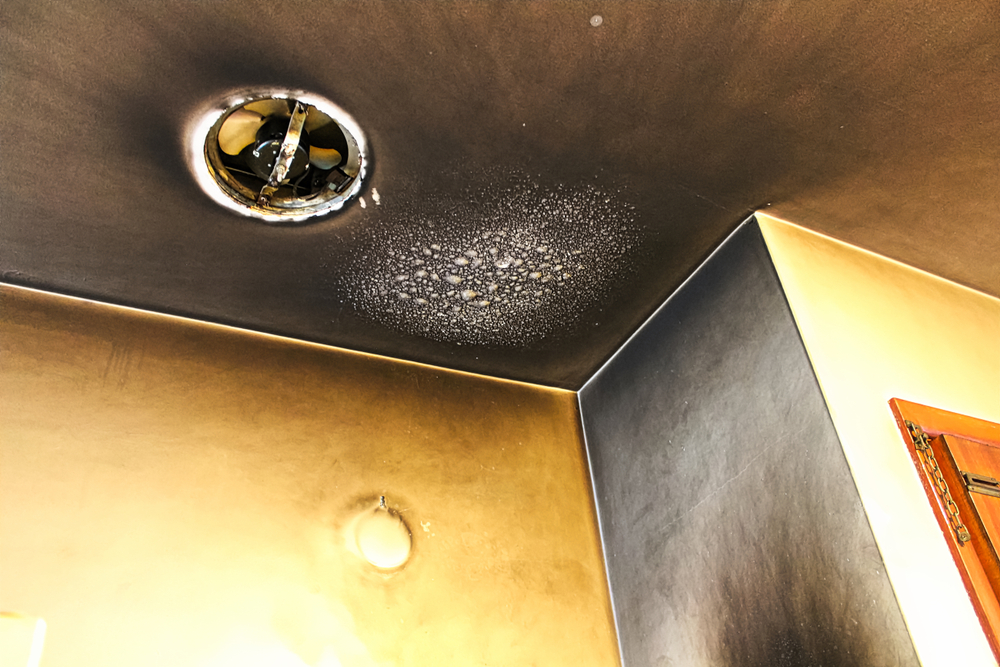Apart from causing immediate damage, a fire leaves behind issues that, if not promptly treated, could worsen. Still, understanding what to do following a fire is not always obvious. This manual will coach you through the actions to follow right away following a fire, before the experts show up. Being quick and clever will help you minimize harm and save what counts most.
Emotionally and physiologically, a fire can be disastrous. Although one can easily feel overwhelmed, quick response following a fire helps to minimize damage and maybe avoid restoration expenses. Heat burns surfaces, smoke creates hazardous soot, and firemen sometimes use water, which can cause water damage. Every type calls for different treatment, so quick response helps to stop these damages from expanding or aggravating. Let’s explore what you should do following a fire to make your house safer and guard your assets.
Safety First: Your Priority
Safety comes always first following a fire. Before attempting to preserve any possessions, be sure you and others are taken care of since fires can leave behind unstable buildings, poisonous odors, and hidden threats.

Personal Safety
First come your life and those of others. Here’s what to do right away following a fire:
- Evacuate Immediately: Leave the property right away if there is any likelihood the fire is still raging. Quick spread of flames can make breathing difficult or impossible; smoke can also obscure vision. Your safety is first; don’t worry about saving possessions.
- Stay Outside Until Authorities Give the All-Clear: Don’t return inside until the fire department or another authority grants permission even if the flames are out. There may be harmful fumes or chemicals in the air and structural damage resulting from fires might not be apparent.
- Check Everyone for Injuries: See medical care right away if anyone exhibits symptoms of smoke inhalation, including coughing, dyspnoea, or vertigo. Look for any burns or injuries as well; if needed, administer first assistance.
Fire Safety
Although fast and severe damage can be caused by fire, in some cases you could be able to safely stop a minor fire.
- Extinguish Small Fires if Safe: Use a fire extinguisher if the fire is confined to a small area—say, a garbage can—and you feel assured. Keep in mind to employ a sweeping action and aim towards the base of the fire. On the other hand, do not try to control the fire on your own should it expand or intensify.
- Evacuate and Call 911 for Large Fires: Especially if they reach flammable objects, fires can spiral out of control rapidly. Should the fire be more than you can handle, evacuate right away and notify the fire department. Steer clear of re-entering until they validate it’s safety.
Initial Damage Assessment
Once the fire is totally out and it is safe to enter, quickly assess the extent of the damage. This will help you organize chores and compile data for your insurance claim.
Assess the Situation
- Look for Structural Damage: Some locations could no longer be safe to walk on or under and fires can weaken walls, floors, and ceilings. Steer clear of such sections if you notice any indicators of instability, including damaged beams, sagging ceilings, or cracked walls.
- Identify Smoke and Water Damage: Determine whether smoke and soot left by fires adhere to walls, furniture, or personal belongings. Further damage can be done by water from firefighting attempts soaking into walls, floors, and furniture. List the places where these damages most clearly show themselves.
- Note Potential Hazards: In the impacted regions, be especially aware of any flammable items, gas lines, or electrical risks. Fire can endanger gas lines and wiring, which would call for quick professional treatment.
Document the Damage
Insurance requires documentation for its objectives. The following helps to properly depict the damage:
- Take Clear Photos and Videos: Use your phone or camera to take clear pictures and videos capturing the damage in as much detail as you can. Photographs of both broad areas and close-ups of particular afflicted surfaces or objects should be taken.
- Record Descriptions and Estimates: Write down descriptions of the damage and, if at all possible, project the worth of broken objects. When you file your insurance claim, this can be quite useful.
- Organize Your Files: Whether on a computer or in a folder, group pictures, videos, and notes together in one location. Should you require it later, you could also choose to backup your material online.
Mitigating Further Damage
Evaluating the damage, act to stop things from getting worse. Early address of smoke, water, and soot damage will help to minimize long-term effects on your property and possessions.
Ventilation
Ventilation lessens the strong smell of smoke and helps clear smoke particles. Safe ventilation follows these guidelines:
- Open Windows and Doors: Open windows and doors in impacted areas to let fresh air flood in. This brings fresh air indoors and helps drive smoke outside.
- Use Fans to Move Air: Put fans at windows or doorways to help move air and clear smoke. Set them to blow air outside to help to clear remaining smoke.
- Avoid Stirring Up Ash: Steer clear of stirring up ash by being careful not to draft soot or ash into other regions while ventilating. Key is keeping the airflow pointed outside the structure.
Water Damage
Efforts at firefighting can produce mold, mildew, and additional structure damage from water. One way to help avoid these problems is to dry off damp places immediately.
- Absorb Standing Water with Towels or Mops: Use towels, mops or a wet/dry vacuum to get any standing water off flooring. Around appliances and outlets, be cautious since they can still be dangerous.
- Set Up Fans and Dehumidifiers: To hasten the drying process, arrange fans and dehumidifiers around damp surfaces. Particularly useful for drying carpets, walls, and furniture, dehumidifiers extract moisture from the air.
- Check for Mold: Look for mold; it can begin to flourish 24 to 48 hours after water contact. Look for any evidence of mold, including dark surface stains or a musty smell.
Smoke Damage
If improperly cleaned, smoke can leave heavy, sticky soot that stains surfaces. Handle smoke damage like this:
- Gently Wipe Soot from Surfaces: Soft, moist cloth will help you gently clean surfaces from soot. Use caution; rubbing too vigorously will grind soot into the surface and complicate cleanup.
- Avoid Using Harsh Cleaners: Steer clear of harsh cleaners since household cleaners could aggravate stains by reacting with soot. Wait instead for experts to handle significant smoke damage.
- Consider Professional Help for Fabrics: Drapes, carpets, and upholstery collect smoke and are challenging to clean. Professionals have tools and cleaners to gently restore these objects.
Protecting Valuables
If certain objects are not too damaged, you could be able to rescue them either financially or sentimentally. Here is how to maximize what you have.
Salvage Important Items
- Collect Important Documents and Photos: If your images or papers are only slightly damaged, gently wipe them with a soft cloth. Steer clear of overly vigorous scrubbing since this could produce ripping or smudging.
- Use a Vacuum Cleaner to Remove Loose Debris: If soot or ash is covering your belongings, carefully remove it using a low setting on a hoover. Steer clear of pushing too hard since this could aggravate problems already present.
- Handle Electronics Carefully: Professionals should handle electronics ruined by water, smoke, or fire. Many times, they feature fragile components that, if improperly cleaned, could be further compromised.
Store Items Safely
- Find a Clean, Dry Space: Arrange recovered objects in a spot free of moisture, smoke, and soot. This helps to stop more damage from coming about.
- Use Airtight Containers: Store gadgets, pictures, and important papers in sealed containers to protect them from more air and moisture.
Contacting Professionals
Dealing with fire damage is difficult, and your own efforts have limits. Getting in touch with experts could greatly help to restore your home.

Professional Restoration Services
Experts in fire damage repair have specific equipment and techniques to address large-scale damage. When contacting a professional service, keep in mind following points:
- Find a Trusted Restoration Company: Look for a trusted fire damage restoration company with solid qualifications, reviews, and experience. Since your insurance company usually deals with reputable restoration firms, you can get recommendations from them.
- Describe the Extent of the Damage: Tell the restoration business exactly what damage you have so they can arrive ready with the correct tools and a strategy.
- Ask About the Restoration Process: Professionals may have to clean, repair, and restore different parts of your house—including structural elements, walls, flooring, and personal objects. Knowing their approach will enable you to schedule for the restoration phase.
Insurance Company
Recovering from fire damage mostly depends on your insurance company. Here’s how you interact with your insurer:
- Notify Your Insurance Company Promptly: Call your insurance carrier right away to document the damage. Ask for precise directions since they can have particular policies on submitting claims.
- Submit Documentation for Claims: Send your insurer your images, videos, and notes for a claim. Perhaps necessary for approval, this material expedites the claims process.
- Keep Records of Communication: Track all of your correspondence with your insurance provider. Record times, dates, and names of everyone you interact with; this will help you should problems develop.
Conclusion
Acting fast and wisely following a fire will help to save your house and possessions. Safety comes first; never risk damage to save objects; only return to the building once it has been certified safe. Following the guidelines in this book will help to reduce fire damage and simplify professional restoration of your property.
Share this blogpost with friends and keep it close at hand. If you ever find yourself in this regrettable position, preparing ahead of time can make a big difference. And when in uncertainty, don’t hesitate to consult the professionals; they possess the tools and knowledge to enable you to resume your life.
Philadelphia Restoration Services
https://www.google.com/maps?cid=3399342399556699153
+1 267 668 0013
https://philadelphiarestorationservices.com/


